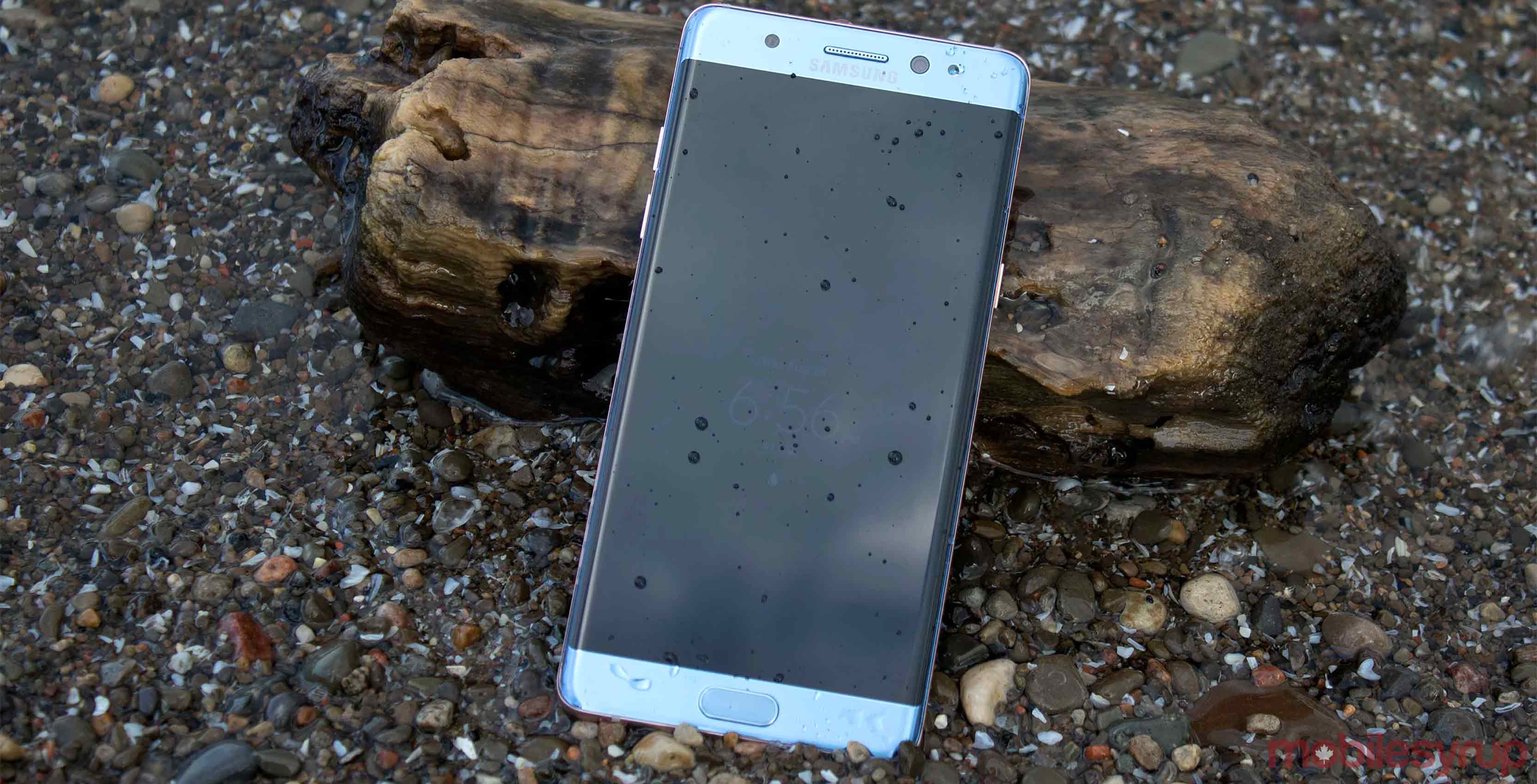
At a press conference in Seoul, South Korea, DJ Koh, the head of all things mobile at Samsung, finally revealed exactly why the company’s flagship Galaxy Note 7 smartphone caught fire.
Through its internal analysis, Samsung has determined that issues with the Note 7, including batteries in the device’s original manufacturing run, as well as subsequent replacement power sources in the device’s second run, were caused by abnormalities related to the phone’s battery.
“Over 700 dedicated staff tested 200,000 phones and 30,000 external batteries”
Specifically, Samsung says there were two distinct problems that caused the Note 7’s battery to experience issues. The first battery used in the Note 7 suffered from a design flaw that caused its upper right corner to short circuit.
This is because the battery’s external casing was too small for its internal components, causing it to short-circuit and ignite, according to Samsung.
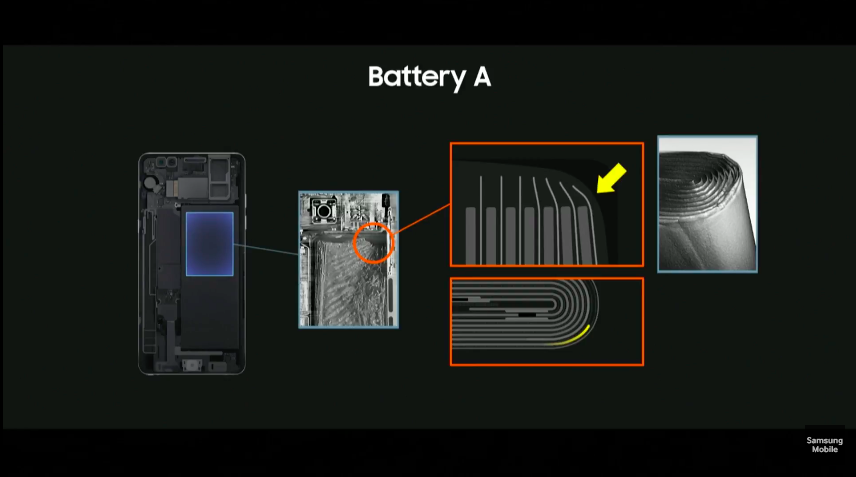
The second battery — which came from a different company, not Samsung SDI — suffered from a welding defect that occurred during the manufacturing process, causing the battery to heat up, as well as catch fire in some cases.
Samsung says that in a rush to manufacture enough batteries for replacement units, the manufacturer of the second battery introduced the defect (see the infographic at the end of the story for more detail on both battery problems).
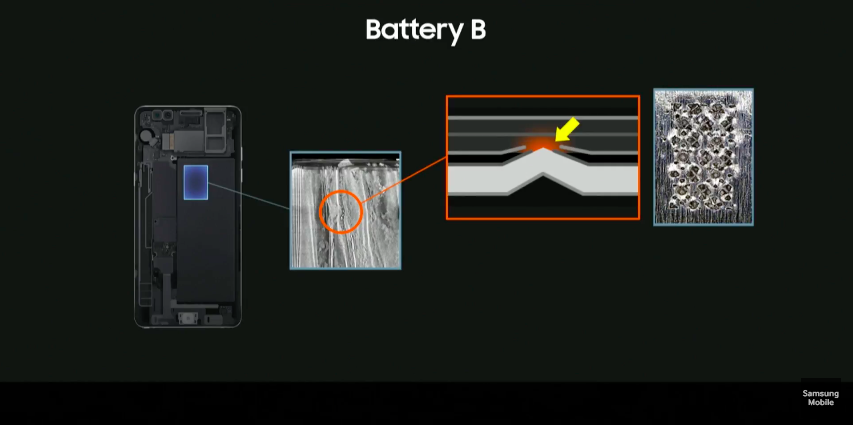
Towards the start of the press conference, Koh emphasized the exhaustive steps Samsung’s mobile division took to replicate the Note 7’s battery issue. The South Korean tech giant says over 700 dedicated staff tested 200,000 phones and 30,000 external batteries in order to determine the source of the problem (Samsung has a total of 70,000 engineers across various divisions of its company).
The company also enlisted three outside firms — UL, Exponent and TUV Rheinland — to test the Note 7, with each company coming to results that mirror Samsung’s findings.
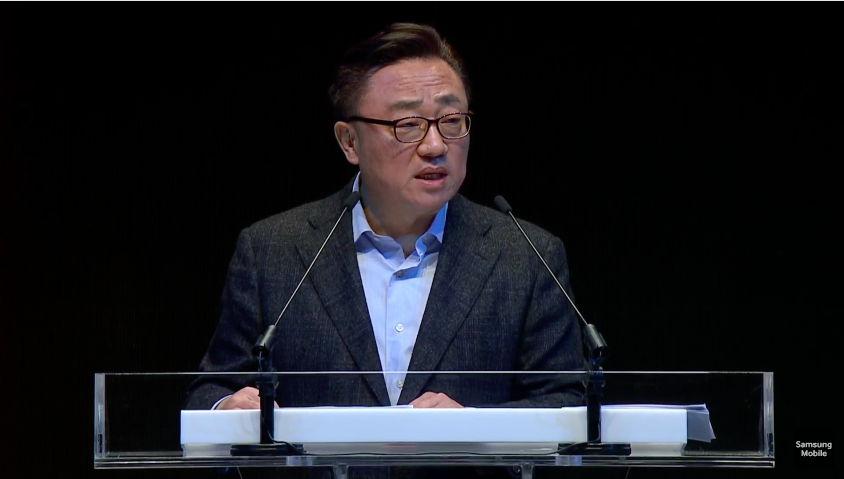
Samsung says it tested the Note 7 with both wired and wireless charging solutions at different voltages, its unique Iris Scanner, waterproof body and other features, in order to try to pinpoint the issue. Ultimately the company determined that the problem was related to the device’s battery.
The Galaxy Note 7 launched globally on August 19th. Then, two weeks later, Samsung announced a global product replacement program. The smartphone was completely discontinued on October the 7th and all devices in the Canadian market were “deactivated” on December 15th.
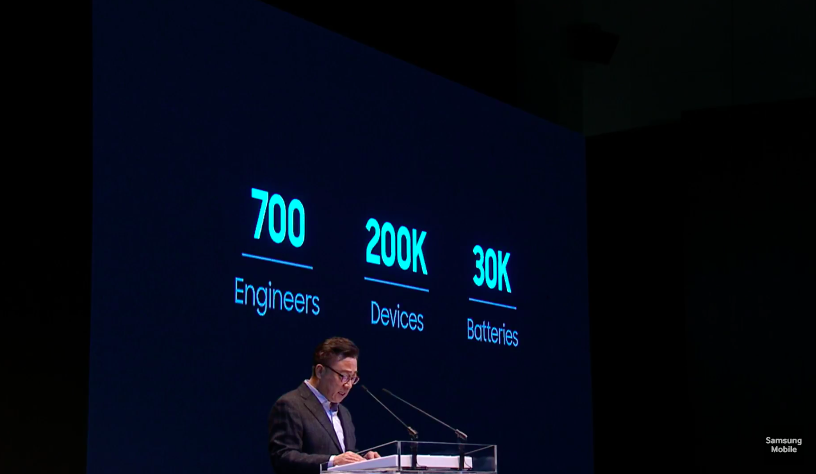
The manufacturer of the Note 7’s original battery is Samsung SDI, a company that’s separate from Samsung electronics, but still under the Samsung Group. The second battery was manufactured by Hong Kong-based Amperex Technology.
Over 3 million Note 7 devices have been returned, according to a statement given by Koh during the press conference. It’s believed that the Note 7’s issue will cost Samsung approximately $5.3 billion USD in total.
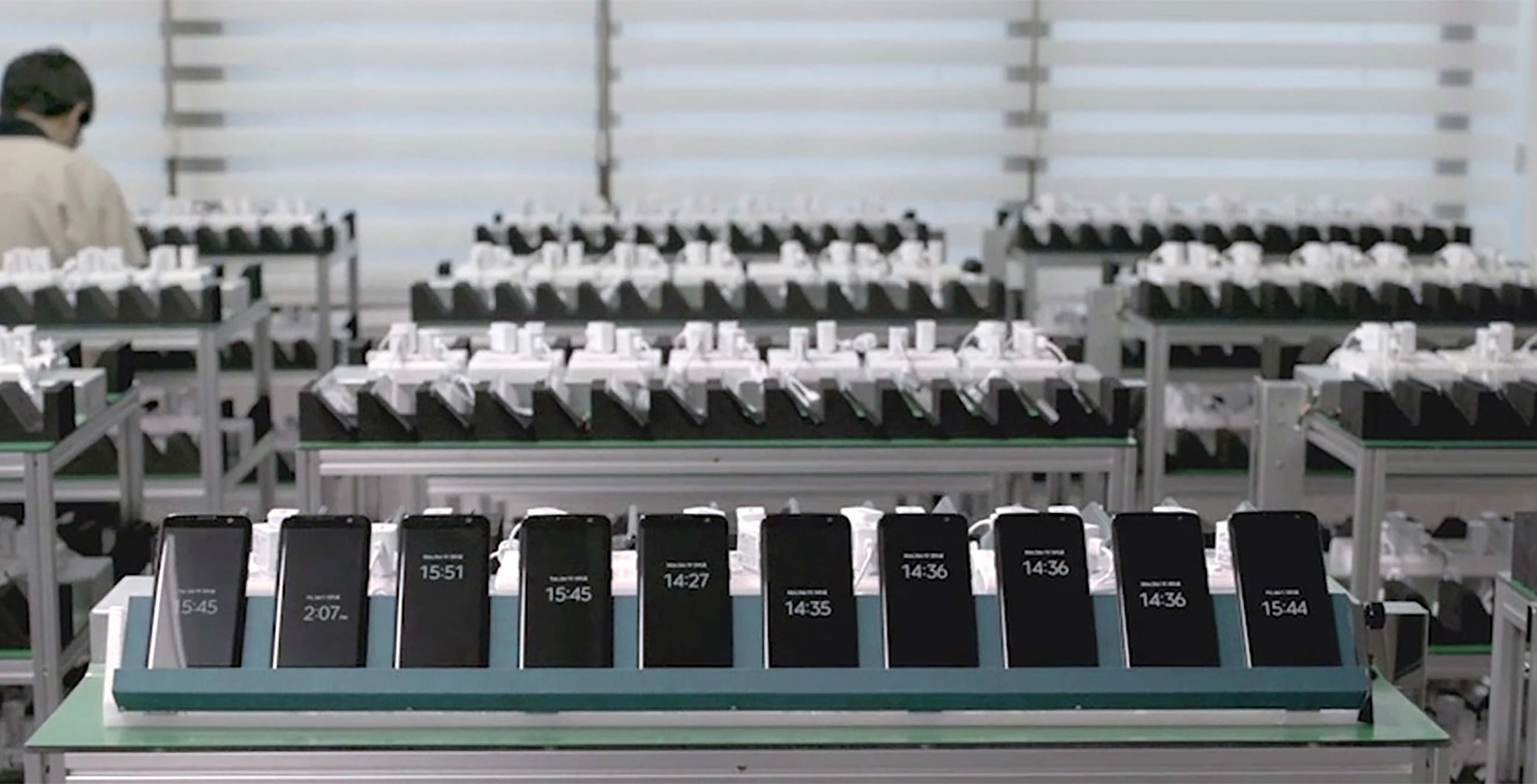
In order to prevent the issue from occurring again in future devices, Samsung says it has formed a “battery advisory group” consisting of individuals from various academic backgrounds with the goal of “ensuring the safety” of future Samsung products.
The company also states that it now has an “enhanced eight-point battery safety check” that involves x-rays and randomly disassembling devices during the manufacturing process, in order to ensure quality.
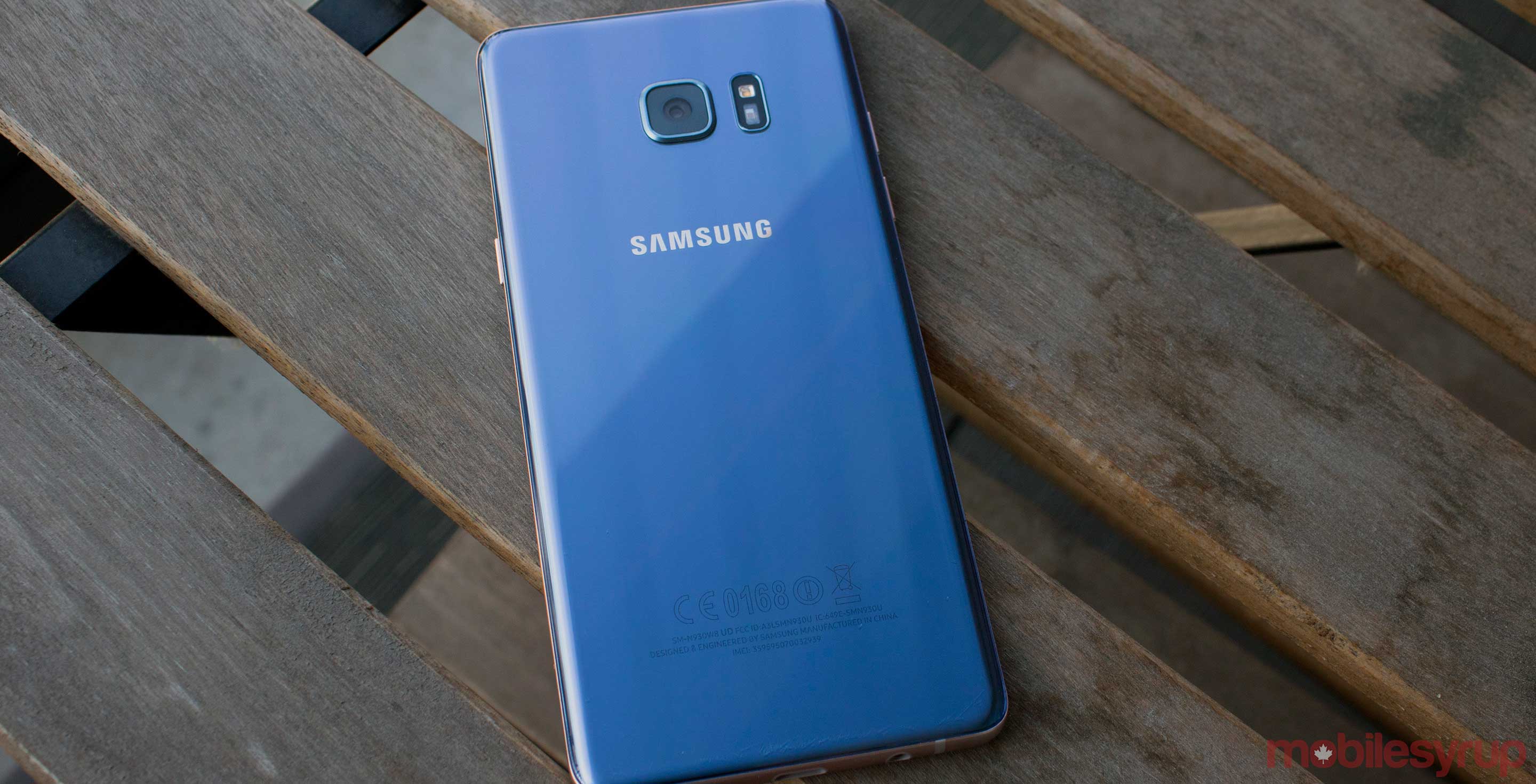
Finally, Samsung also says that it’s developing a new “bracket design” that will ensure battery integrity, even when the smartphone is dropped.

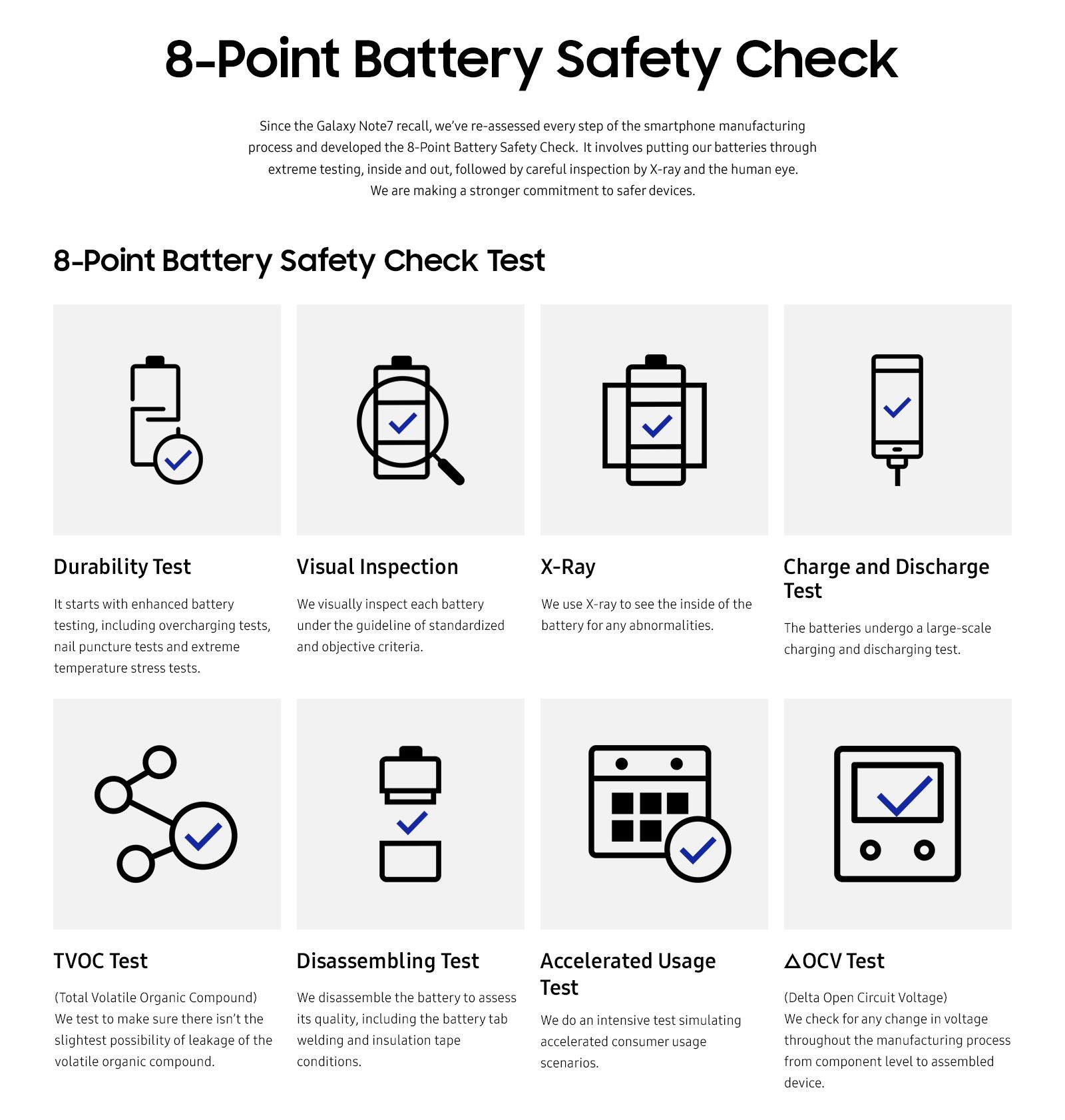
MobileSyrup may earn a commission from purchases made via our links, which helps fund the journalism we provide free on our website. These links do not influence our editorial content. Support us here.


